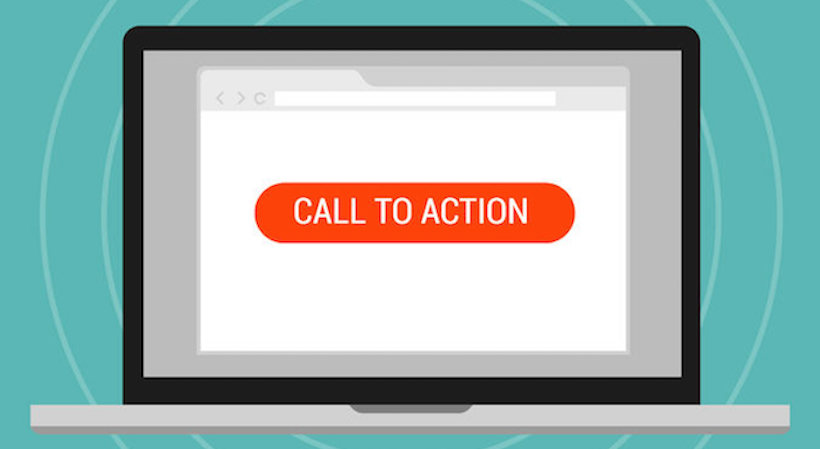If you’ve been actively creating content for brands in the social space for a while now, chances are you’re familiar with what it means to include a call to action, or CTA, and its overall importance. This is the trigger that encourages readers or customers to take action. For example, ending a blog post by asking a question is a great CTA; the content interested the user enough to read it, who is compelled to share his or her thoughts by leaving a comment.
Other calls to action can be found through persuasive copy that accompanies a social media post or the subject header in an email. You might then be inclined to sign up for the email or share the post. In doing so, you took action, which is exactly what a well-crafted CTA is designed to accomplish. This is all part of the journey of visitors understanding more about the brand and eventually becoming customers.
However, online users are becoming savvier when it comes to CTA techniques. They recognize that their clicks, traffic and leads are being pursued and as such, are becoming more selective about what they click on or sign up for. This, in turn, is causing marketers to get clever with their call to action placements. Wordplay aside, if you’re on the hunt for sneaky spots to slip in a call to action that gets noticed, take a look at these ideas.
Related: Why Content Marketing Doesn’t End with a Pageview
Add the call to action to your email signature
Think about everything else you have in your email signature — your name, job title, company name, business logo, and social media buttons. Slip in a subtle call to action, like “check out our latest blog post” that links to the piece of content, or share a blurb on how your company is now hiring that encourages readers to click and check out open positions on the team.
Get colorful
The last thing any entrepreneur wants is for their CTA to blend into the scenery. Set it apart from its surroundings by giving it a pop of color. Play around with the solid colors you decide to use for your CTA buttons.
Orange has been considered, in some circles, to be one of the strongest colors to click on for conversion rates.
However, this will vary for every type of business, so it’s a good idea to conduct some A/B testing to see what works best for you. You may decide to use your brand’s colors on a CTA button positioned on a clean, white landing page in order to draw in the most attention and make the button appear to be as clickable as possible.
What if you’re utilizing multiple CTA buttons? Rather than make both the same colors, you might want to take a cue from Spotify and switch up the solid shades. The music streaming service uses the color green for its “Premium” paid services and white for the “Free” button. If your goal is to drive more sales for your business, punching up the paid CTA buttons with richer shades helps them to stand out better with potential customers.
Related: Incorporate Your Business Through StartupNation
Include a CTA in videos
While not an uncommon practice on YouTube videos, this is becoming more commonplace in Instagram Stories where users have the ability to tag other users and include hashtags in their videos.
According to KISSmetrics, including a call to action within a video allows it to receive as much as 380 percent more clicks than placement in a sidebar.
However, it is interesting to note that many Instagram Stories do not place their CTAs at the beginning; rather, they place them at the end. Many brands and influencers will first weave the story of what they’re doing or offering (such as a giveaway), which allows fans to watch the story play out. Then, followers are motivated to take action at the end when the CTA is tells them what to do next.
Sign Up: Receive the StartupNation newsletter!
Don’t forget about personalization
Data from HubSpot has proven that personalized CTAs convert 42 percent more visitors into leads than those CTAs that do not target visitors.
This all goes back to that clever wordplay that reaches your target audience. Learn how to speak the language of your desired demographic and appeal to their interests. Keep your wording simple, use first person language and give visitors just enough information that will compel them to click and learn more.






